If you are hunting elk on your own and want to kill a good bull, you need to learn what field judging bull elk accurately will take. Keep in mind that a typical American elk, Boone and Crockett requires a minimum of 360 points to enter the Awards Book, and 375 points for entry into the All-time Records Book…. that’s a high bar, and if you truly want a bull of that size, you should consider hiring an elk hunting outfitter. Even then, it’s a tough goal to reach. For most bulls, inside spread is only 10-15 percent of its score. Mass is usually less than 20 percent. Beam length is worth close to 25 percent. This math means tine length accounts for about 40 percent of the score, sometimes more but rarely less.
How to Field Judge Elk
- Counting points is the first and most obvious step in field judging elk – Start by identifying the fourth point, sometimes called the “sword” or “dagger” point, which is typically the longest, most dominant point on the rack. From there look back toward the main beam tip. One point past the fourth is a 5×5. Two points past the fourth is a 6X6, and so on.
- Figure out how long the main beam’s are – Most trophy elk have long main beams. In the all-time records book, the average beam length of the top 10 typical heads is over 58 inches. However, the average beam length of the bottom 10 is 55-4/8 inches, so there really isn’t very much difference. If a bull appears able to “scratch his butt with his antlers,” it likely has the frame to be a trophy elk. No need to spend much more time considering beam length… he’s probably a shooter.
- What is the inside spread? – Boone and Crockett records show a wide variation on spreads of trophy elk. Interestingly, the narrowest head in the book outscores the widest, which should be enough to tell you that spread isn’t everything. The average trophy elk has an inside spread of 42-4/8 inches. While field judging elk, simply look for a spread that stretches well outside the ears.

- Mass – Most really big elk have heavy antlers that carry good mass through the length of the main beam. However, mass is very hard to judge. Just remember that very few elk that look “big” have thin antlers. When hunting, quickly look for antlers that are visibly as large or larger in circumference than the ear bases, which are about 9 inches around. More importantly, the antlers should maintain that thickness to at least the fifth point.
- Tine Length – Length of the points is the single most important trophy criteria when field judging elk. On a big elk, the distance from the burr of the antler to the tip of the nose is about 15-4/8 inches. Let’s start at the bottom of the antlers and work up. A curved brow tine that appears to reach the end of the nose will be about 18 inches long. The next two points are usually shorter, but they still need to approach the burr-to-nose length. The dagger point is usually the longest point, and on a monster bull it will be half-again longer than the burr-to-nose yardstick, or even almost double that measurement. On a 6×6, the last point matters a lot. It has to be strong, at least 8 or 10 inches. This is less important if the bull is a 7×7, but you still need some length there.
So let’s look through the spotting scope at a really good bull (he’s a six-point).
Get out your notebook…let’s start adding it up.
- The bull seems to have really long beams, almost scratching his butt. 55 inches x2 = 110 points.
- Spread is fairly wide but not crazy. 45 inches of inside spread = 45 points.
- Mass isn’t huge, but he looks pretty big. It starts at a normally heavy 9 inches and keeps it pretty well. 30 inches of circumference x2 = 60 points.
- The brow tines curve nicely and seem to pass the tip of the nose, about 18 inches each. 36 points.
- The next two points are about 16 inches each on both sides. 64 points.
- The daggers are quite good, about half again longer than the burr-to-nose. 22 inches x2 = 44 points.
- The back fork is also pretty good, about 8 inches x2 = 16 points.
Assuming the bull is symmetrical with no deductions to speak of, when you add up the points you get a score of 375 inches. SHOOT!
Live Like You Mean It
Contact Us
We've helped thousands of OI clients plan their adventures
Our team of professional consultants are ready to help you research, book and plan an amazing trip with one of our amazing outfitter partners around the world.
I didn't think an experience like this was possible.
This trip, was, for me at least not just a trip, for me it was a real adventure, a real experience. I love the wilderness and this trip afforded me the opportunity to connect with the Alaskan wilderness in ways very few people do. It was an experience I will never forgot in a place I can’t wait to get back to.Oliver Fischer
The outfitter handled everything perfectly.
We were thankful that Outdoors International hooked us up with a great outfitter because they were able to find us an acceptable alternate on short notice. Overall the two year process to get this float in was seamless and worry free. Just like it should be.Thank you, Stan Masneri
What an amazing experience!
The lodge was out of this world! Our rooms, the delicious food, the incredible wildlife and the scenery were amazing. Our photo safari guide was truly exceptional and had us on animals almost constantly. We saw over 30 different species and had some incredible up close experiences. Africa is amazing!Scott Navares
Copyright 2005-2025 © Outdoors International™ · All Rights Reserved.


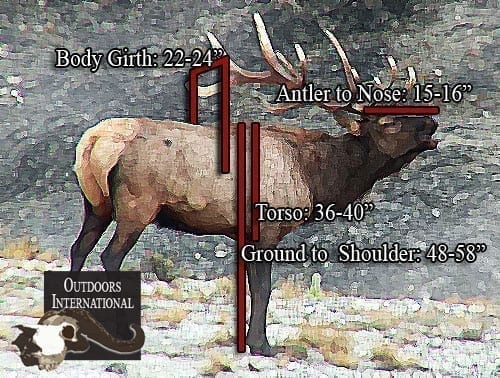


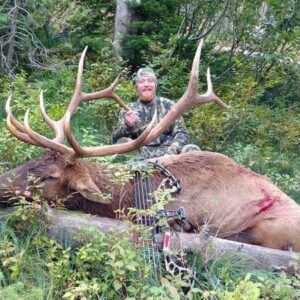
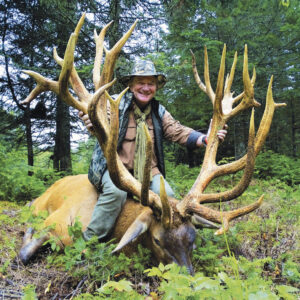
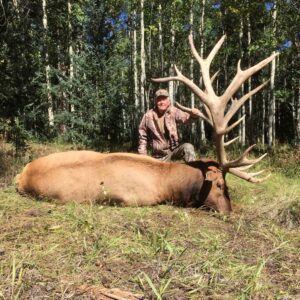
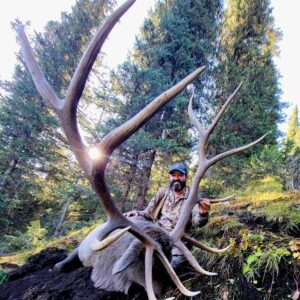
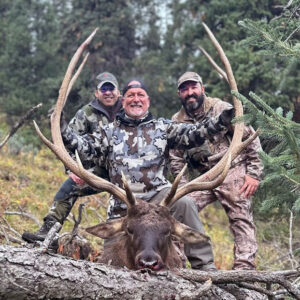
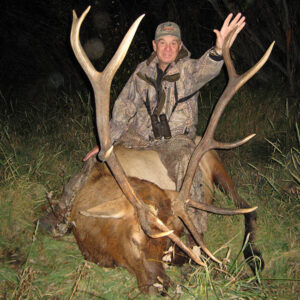
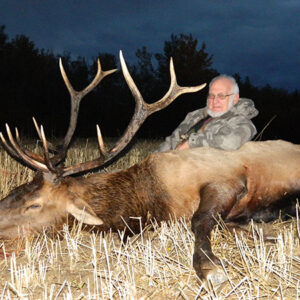
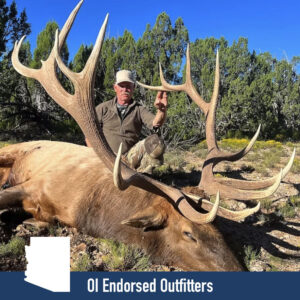
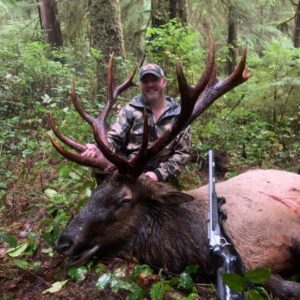
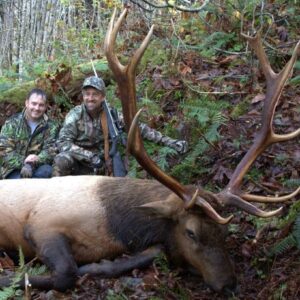
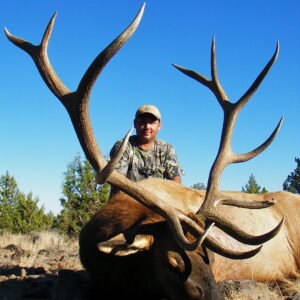
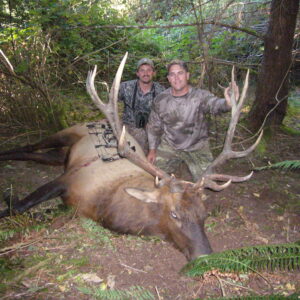
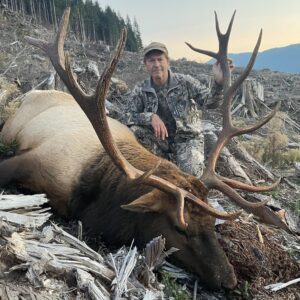
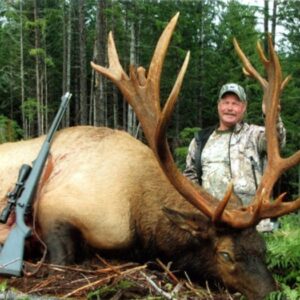

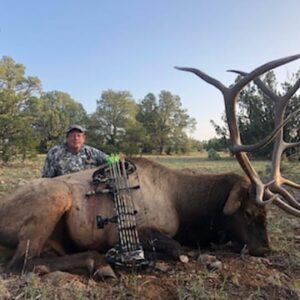
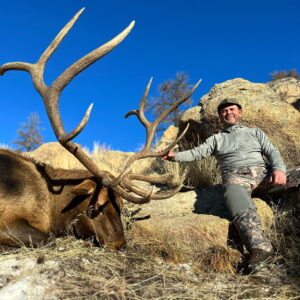
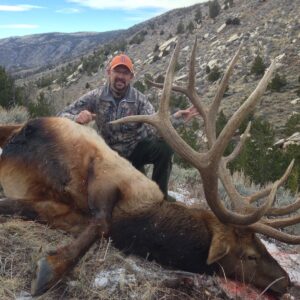


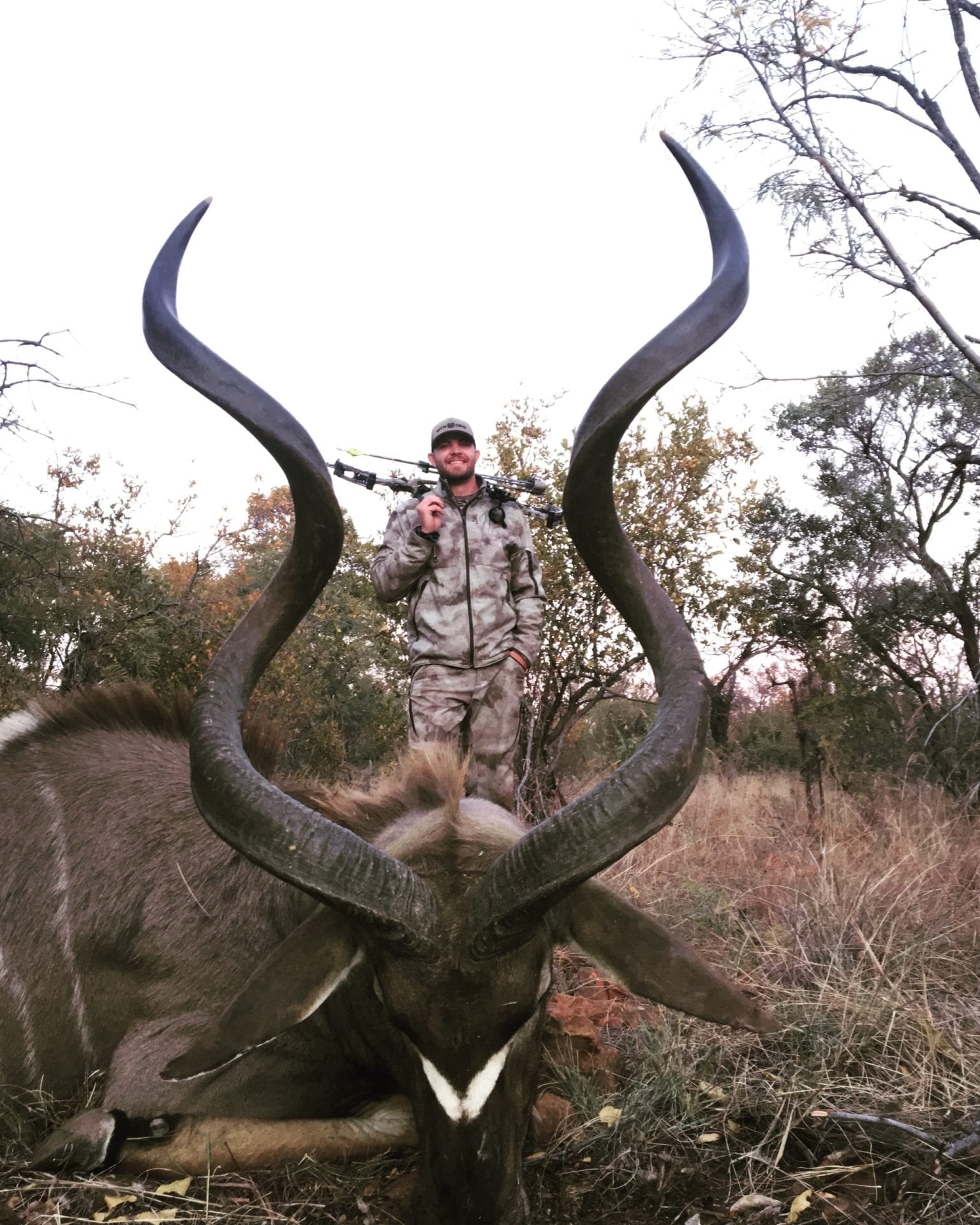
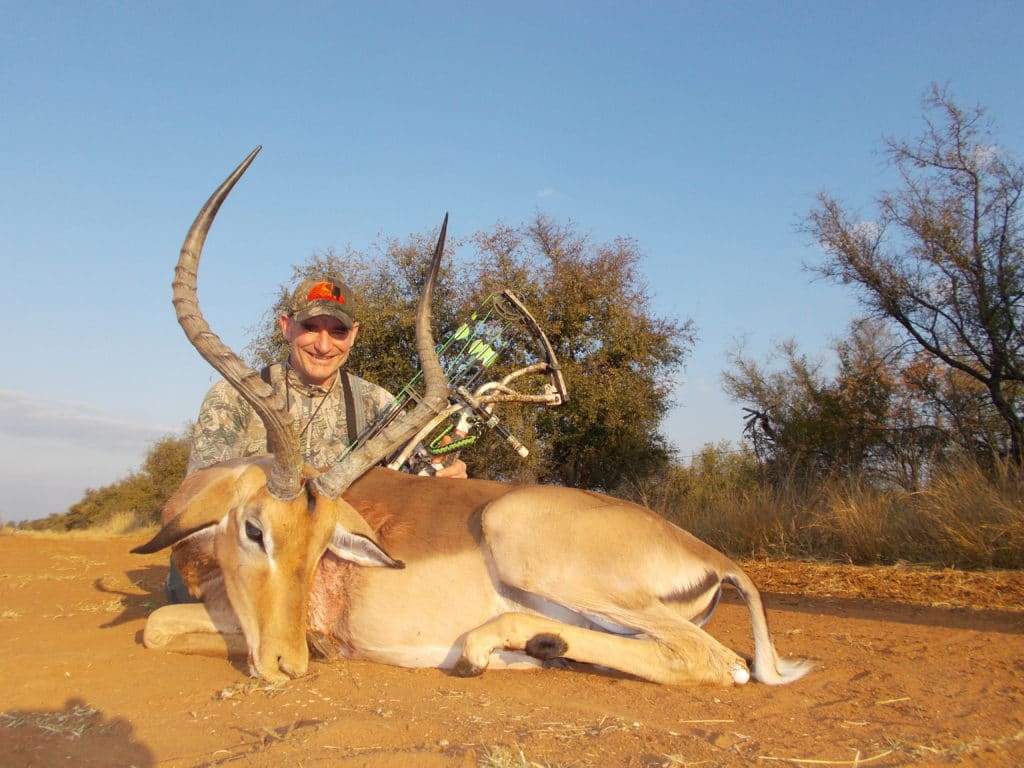

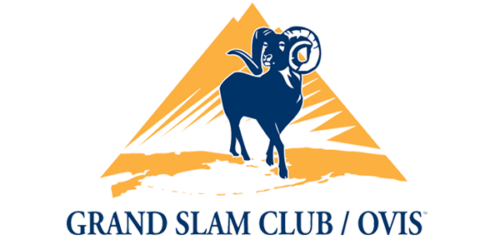


I hope to put this post to good use soon…
I like it good stuff gus twr.
Pingback: How To Judge A Big Elk | dc.imart